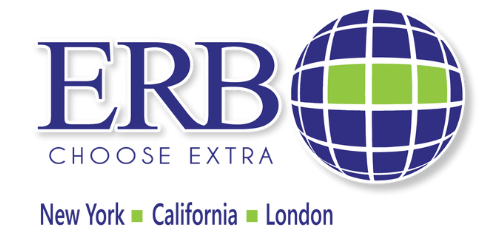As sales and use tax environment have been reshaped significantly after the U.S Supreme Court’s ruling on Wayfair and more states are moving to conform to the Wayfair ruling, we encourage the company to review your current sales tax policy, filings, and exposures.
Listed below are some important processes/steps that you should consider to add/build to your current process:
1. Identification of sales tax nexus
The company’s sales tax return filing requirement depends on many factors (e.g. presence and levels of activity in that state) with different states having different rules. Due to the Wayfair ruling, more and more states will require out-of-state sellers with a certain amount of economic activity in the state to collect and remit sales tax. We recommend that the company conduct an in-depth full sales tax nexus study as soon as possible to understand the company’s current sales tax filing requirements and potential exposures.
When there is any new potential nexus created for any state, we recommend you check with us first so that the associated potential filing obligation or issues could be spotted and addressed as soon as possible.
Physical presence nexus:
a. Payroll
b. Office/Warehouse
c. Inventory
d. Property
e. Business registrations
Economic nexus:
a. Sales to customers in a new state
An in-depth analysis to further assess the sales tax exposure will require a sales tax nexus study under a separate engagement letter should we preform the analysis. If not us, we recommend you use Avalara or any other certified service provider to help the company to identify the sales tax nexus.
Based on the study results, the company’s management will evaluate the sales tax exposures for each state and determine the required course of action items for each state.
2. Identification of sales taxability for the company’s products and services
Once the nexus is established, the company should also conduct an analysis on whether the company’s current products and service are sales taxable in each state. On this note, there are two options, manual or automated. We recommend that the company use an automated option by integrating Avalara or a proven software vendor into your accounting system so that, once the product code is defined and set up, the software could automatically apply the proper sales tax rates depending on the sales taxability of the product and location based on the updated regulations. If manually, we ask to be involved early in the invoicing process so that we can review and revise the invoices before it goes out. To accomplish this, we request that the invoices are submitted to us in weekly or monthly batches and allow 3 – 4 days to review the invoices.
Also, any time there are any new types of sales revenue, we recommend that you check with us first so that the associated potential filing obligation or issues can be spotted and addressed as soon as possible.
3. Compliance with sales and use tax obligations
Once the company has the obligation to collect sales and use tax, the company should engage us or service vendor to apply for the seller permit and set up sales and use tax account with that state. Please note that in most states, it will be unlawful to collect sales and use tax without a valid seller permit.
Once seller permit and number are received, the company could then set up the sales tax rate in the system, if automated, and collect sales taxes on any new invoices going forward.
The company is obligated to collect, store, manage, and renew the exempt certificates from the customer if the sales invoice is exempt from sales tax. Otherwise, the company should impose sales tax on the invoices.
When the company creates the invoice, please make sure to separately state the taxable items and non-taxable items. If the company integrates Avalara or a proven software vendor into your accounting system under the automated option, please make sure certain data fields are be mandatory in the ERP system for the invoicing to go through.
Once the seller permit is obtained and sales tax collected, the company is obligated to file sales and use tax returns based on the regulated reporting frequency (monthly, quarterly, or annually). Please note that most states will require a registered seller to file a routine blank return even there is no sales occurred during that reporting period.
Please note that this an email reminder and is only served to bring the issue to your attention out of professional courtesy. It is the company management’s responsibility to address the issues or concerns and to make sure to file all the tax filings as required.
